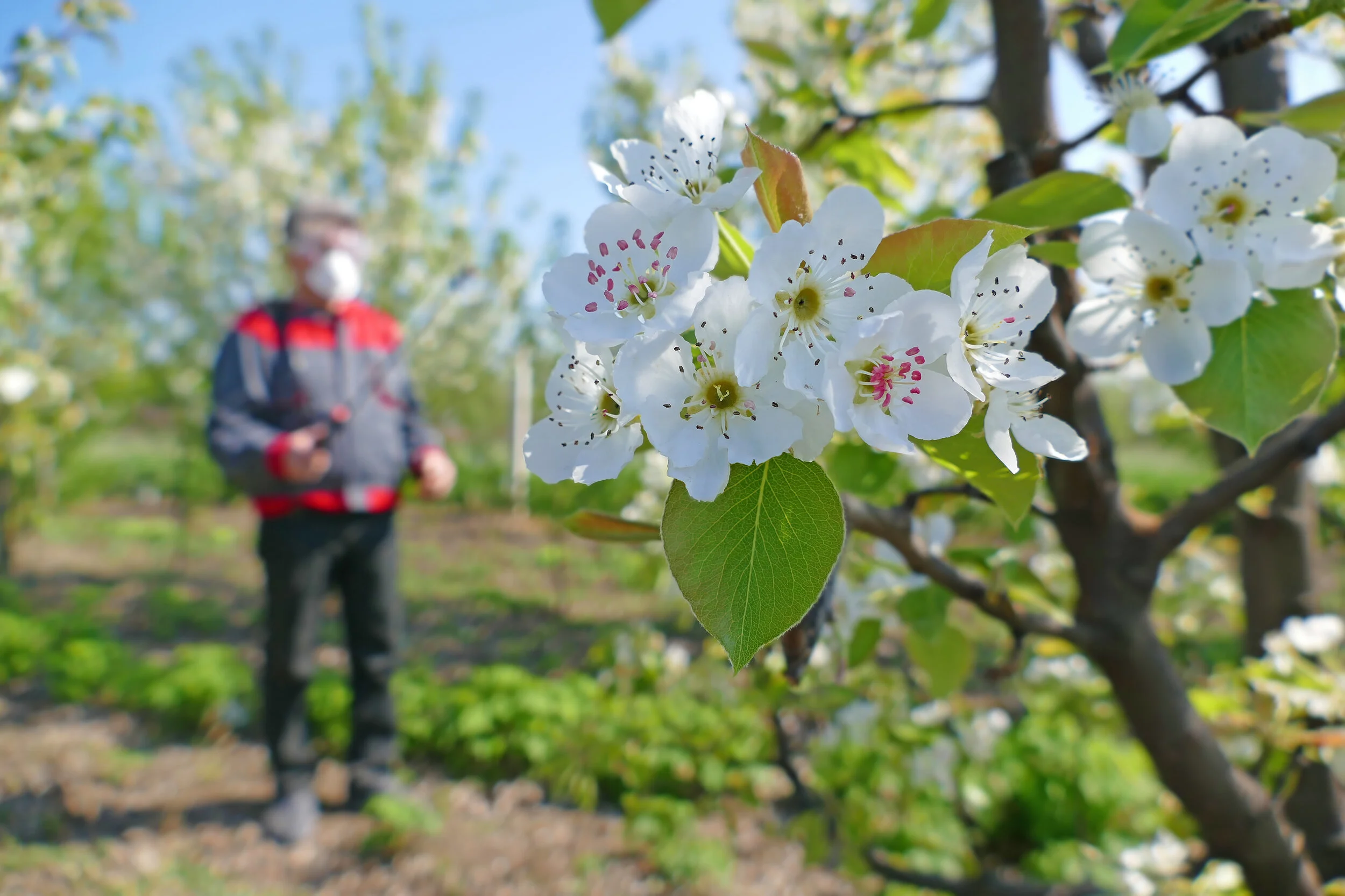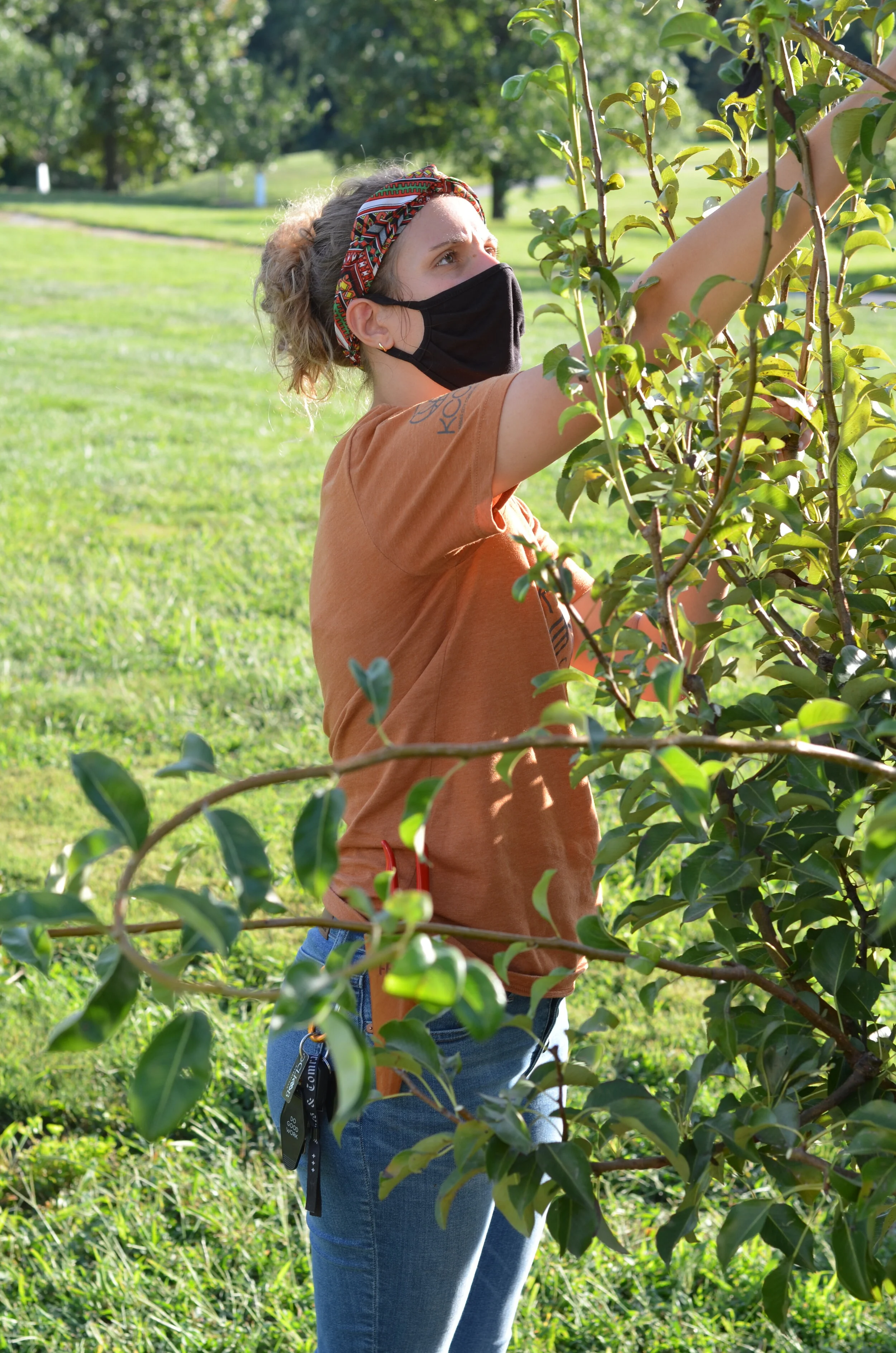We are thrilled to present a guest blog post from Ilyse Putz, Giving Grove Program Manager at Grow North Texas, on biodiversity in urban spaces, exploring the transformative potential of urban orchards. In this insightful piece, Ilyse reflects on her upbringing amidst monoculture farming in the Midwest and the pressing need to cultivate biodiversity in both rural and urban settings. By discussing the role of urban orchards, particularly those managed by The Giving Grove, Ilyse highlights how these green spaces can enhance biodiversity, support diverse ecosystems, and offer cultural significance to local communities. Dive into this post to discover how urban orchards can serve as vital biodiversity havens in our increasingly fragmented landscapes.
Read MoreGuest Blog Post from Giving Grove affiliate Tree Pittsburgh with practical information on planting a food forest using permaculture techniques.
Read MoreGiving Grove horticulturist Matt Bunch discusses choosing and growing cherries!
Read MoreThe history of black farmers is filled with generational stories of fortitude and struggle. In honor of Black History Month, we highlight a few agricultural trailblazers and their contributions to food equity and justice.
Read MoreFish fertilizer is an essential ingredient for a fruit tree holistic spray. Guest blogger, Casey Schoenberger, explains why this fish-tastic fertilizer is not only the best you can offer your trees, but also the best for the environment as well.
Read MoreMelinda Dillion, Giving Grove Community Engagement Coordinator, tells the extraordinary story of how her mother paid for college by picking pecans.
Read MoreSome of the things that probiotics do for fruit trees (and trees in general) are a lot like what they do for your digestion. Each teaspoonful of probiotics contains millions of microbes that quickly spread over the roots or leaves of a plant. There they crowd out other organisms that might not be good for the health of the plant, just like our gut biotic products help establish healthy biomes in your intestines.
Read MoreFew metropolitan areas escaped the devastating effects of redlining. Decades later, areas deemed “hazardous” or least desirable (primarily neighborhoods with people of color) are still facing the long-term effects of redlining, such as faulty infrastructure, lack of green space, and limited access to fresh, healthy food. The Giving Grove is committed to helping address these disparities. For that reason, we recently analyzed the location of Giving Grove orchards in relation to neighborhoods impacted by redlining. In this blog, a Giving Grove intern reflects on the findings of this research.
Read MoreOver the past year of pandemic-driven confinement, people across the world turned to new hobbies to occupy their newfound free time. For some people, that new hobby was baking homemade sourdough or learning to paint. Many, however, tried filling their time and their yards by testing the greenness of their thumbs. Interest in buying and caring for plants saw a staggering increase last year, and for good reason.
Read MoreGuest Blogger, Chris Smyth of The Common Orchard Project, writes about his experience with urban, regenerative agriculture and its importance to a community.
Read MoreLet us introduce you to our new Community Engagement Coordinator for Kansas City Community Gardens, a Giving Grove affiliate. Mary Jane has a passion for urban farming and agriculture, but fruit tree maintenance is new to her. After attending several Giving Grove summer pruning workshops, she is ready to give you a fresh take on this essential backyard orcharding task.
Read More












